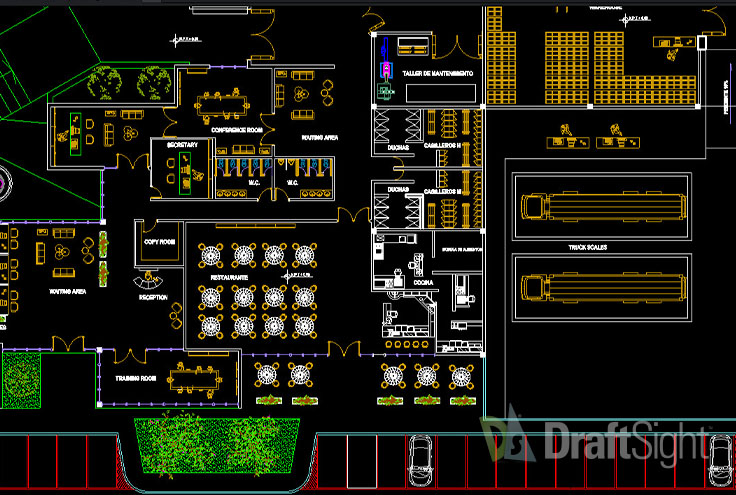Flexible
Things change quickly in landscape design. The ability to easily make revisions and size, scale and reuse drawings is key.
Landscape designers are artists, but there are also other stakeholders that need to have their say. 2D landscape drawing software lets you easily collaborate and share designs with clients and employees. That means you can make better decisions faster, keep everyone informed and stay organized.

Where before you may have used trace paper and colored pencils, you can now create sophisticated, realistic designs and drawings with a computer. 2D landscape design software brings your vision to life like never before, helping your clients – plus surveyors, engineers and builders – see exactly what you have in mind.
You don’t need to sacrifice accuracy and quality to produce drawings quickly. Learning how to create a landscape design in CAD is easy, especially with the right drawing software. Features that let you add common design elements, save and reuse drawings and use your existing shortcuts, customizations and 2D landscape architecture blocks help eliminate the up-front groundwork.

Things change quickly in landscape design. The ability to easily make revisions and size, scale and reuse drawings is key.
Landscape architects want to spend their time creating, not fighting with software. A seamless integration goes a long way.
Free landscape design software may be tempting, but it won’t have the robust tools and automations your business really needs.

Our capabilities go beyond 2D CAD drafting for landscape architecture. See what we can do for your business today.

Communication is essential for landscape architects. Explore our cloud solution to see how we help you collaborate.